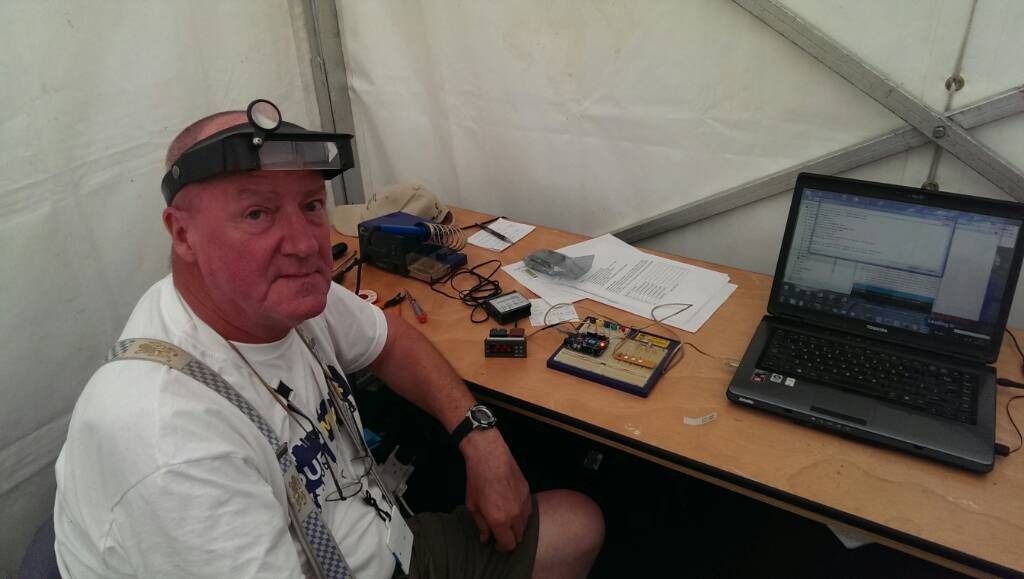Hi guys!
If anyone is interested I just pushed to a new project on github. It's the STC-1000+ mash control firmware.
Tonight I've been trying to patch up the missing bits and get something presentable. It is still very much alpha code stage, but with your help it might amount to something usable.
No manual yet, but if you've used STC-1000+ before, you should be ok.
So what is it? Well, it is pretty much STC-1000+, but with 1 minute steps (instead of 1 hour steps), ramping is dropped (it is not of much use here either...) and it uses PI control (instead of thermostat). PI as in proportional and integral (the D part, derivative, is left out as it is more trouble than good for this application).
The PI control is implemented in 16-bit integer arithmetic, which was no small task, but I think I got it working reasonably well.
What's new? Under the set menu, you will find some new options:
Pd: period (1,2,4,8,16,32 or 64 seconds)
cP: Proportional gain
cI: Integral gain
OP: Set output
OL: Min PI output
Oh: Max PI output
I'd suggest using period time 1 or 2, if you want to try it out still using the internal relay (instead of driving an SSR), you might want to try maybe 16 or 32 to spare the relay.
Start with low cP and cI (maybe 16 and 1).
OL and Oh should limit the minimum/maximum duty the PI will produce.
Then there are new run modes, profiles as usual, but also
ct (constant temperature) and
cO (constant output). In cO mode the value in OP, will be output, in ct mode the PI will aim for the setpoint.
Only heating is implemented, the cooling relay is not used (at least for now).
Also, I've been fiddling with a webpage, to attempt to simulate how the PI algorithm could behave (it is located under the simulate folder). It is only in SI units, but you can try it out if you want.
I guess I've forgotten a bunch of stuff that you'd want to know, if you want to try it out, but ask and I'll try to answer.
The files are located here:
STC-1000+ Mash control (work)
Please, do help me to try and find bugs, I guess there will be a few (remember still alpha stage).
Cheers!
//mats






 3rd time's the charm, right!??
3rd time's the charm, right!??